From the souqs of Cairo to the remains of Wad Medani: Sudanese merchants are finding ways to survive the travel restrictions between Sudan and Egypt.
Mory, born as Ammar Abdallah Osman, remembers wandering with his father through the bustling souq of Wad Madani, Sudan’s second-largest city on the west bank of the Blue Nile River. Each shop presented a bevy of fabric samples which prospective buyers thumbed through before making their orders. The two would also pass by various photo studios to sell rolls of kodak film. These two elements—fabric and photos—would eventually become the foundations to how Mory perceives and engages with a world in flux.
Since the 1980s, Mory’s father worked as a merchant of fabric and camera film in his home country of Sudan—he had planned to study in Iraq, but the first Gulf War made it impossible. Instead, every month, he travelled north to Cairo, Egypt, to purchase both film and textiles in bulk, to sell to traders in the markets of Wad Medani. During his teenage years, Mory began collecting payments and distributing goods to local shops to support his father’s business. By the age of 25, he had developed a sharp eye for fabric and patterns, and even began traveling from and to Cairo himself—bargaining directly with downtown merchants on behalf of his father.
On April 15, 2023, war erupted in Sudan’s capital, Khartoum, between the Sudanese Armed Forces (SAF) and the paramilitary Rapid Support Forces (RSF). The vibrant city, whose verdant greens and muted clay tones inspired artists near and far, had been cultivating a reputation as a cultural hub on the Horn of Africa. Within 10 days, half of the city’s 10 million citizens were flushed from the streets as fighting and airstrikes intensified. Khartoum faded into a ghost town.
Starting in 2020, Mory has experimented with photography on his phone, to document the impact of these geopolitical pressures on his family, and process his personal trauma. An exposure to fabrics, colors, and patterns imbues his subconscious, forming the foundation of his photographic style. In 2022, Man with Nobody—an image from a series about textiles—was awarded in the East African Photography Award. Mory’s humility precedes him. Although currently exhibiting at Afrika House in Nairobi, Kenya and Image Festival Amman in Jordan, he doesn’t see himself as a professional photographer, rather, a textile merchant who happens to take photos.

Raging for over two years now, the war in Sudan is the world’s largest humanitarian crisis—with 15.8 million people in need of humanitarian aid. Despite the ever-volatile situation and high risk, people’s resilience and that of their businesses have endured. The ongoing conflict takes a toll, particularly on businesses where transboundary movements are requisite to the job. At present, the 815 kilometre journey from Port Sudan (Sudan’s main seaport; the source of 90% of its international trade) to Khartoum involves as many as 14 military checkpoints. The war has led to sanctions and harsh restrictions on Sudanese passport holders—now considered one of the weakest passports in the world. Sudan was among the seven African countries on Donald Trump’s first list of 12 countries completely banned from entering the US on June 4. Although a shocking move in its own right, the ban is emblematic of a wider, punitive, and dismissive attitude from the western world toward African nations.
Egypt and Sudan share one of the oldest diplomatic relationships in the history of humanity—bound by the Nile, shared culture, and a symbiotic trade—but this too has been transformed by conflict. The war in Sudan, marked by urban warfare—fighting amid civilian-populated cities—is one of the deadliest in African history, causing many to flee to Egpyt. Of the total 3.2 million who fled, Egypt estimates it has received 1.2 million Sudanese refugees—an influx blamed for straining its economy and driving up the cost of living for all. While visas could previously be obtained efficiently in Khartoum or Halfa—and women and children could enter Egypt without one—Egypt imposed strict visa restrictions on Sudanese nationals in June 2023.
“Since the last quarter of 2023, most visa applications take months and are rejected. The only way to travel legally was by applying for something called a ‘security clearance,’ which costs between 1,800 to 3,500 USD,” Mory explains. Following in his father’s footsteps as a trader, Mory depends on this journey to source Egyptian fabrics. He describes how bus travel to Egypt has become nearly impossible, with ticket costs soaring 60-fold due to security clearances.
Since the last quarter of 2023, most visa applications take months and are rejected. The only way to travel legally was by applying for something called a ‘security clearance,’ which costs between 1,800 to 3,500 USD,
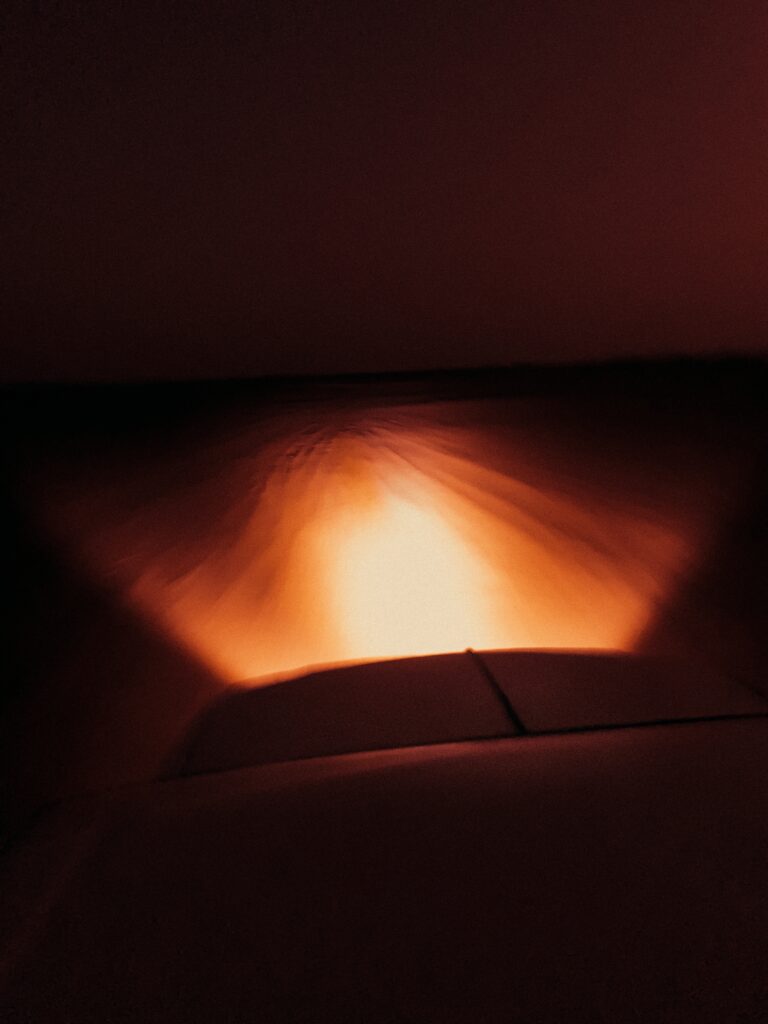
In late 2023, Mory was stuck in Wad Medani, unable to travel to Cairo due to conflict nearby. With business slowing and the responsibility of supporting his extended family, it was a suffocating period for the whole family—a common reality for many Sudanese whose lives have been shattered by conflict.
“I needed to find a way to make money, the situation couldn’t be more dire,” Mory recalls from that period. “That’s when I learned about people who can smuggle you into Egypt without a visa.”
Al Tahreeb refers to the clandestine route between Sudan and Egypt used by those without visas or the means to pay for official security clearances. In Port Sudan, Bakasi trucks line up to smuggle passengers through the desert for $100–$200, far cheaper than the $3,000 official route. Though the journey is risky and takes two to three days, it has become the most common choice, especially for merchants like Mory who rely on cross-border trade. Drivers drop passengers near Aswan, where they must navigate the final leg to Cairo, often paying hefty bribes at the train station to avoid detection.
“There are people at both borders that help with moving the goods through the border. These fixers are usually people with passports from both countries, Egypt and Sudan, or possess legal residencies in both countries and are able to cross the border with no issue.”
Badr Aldeen Musa, a 37-year-old chemist from Khartoum who traded an impressive array of dry goods—from stationary to foodstuffs—between the capital and Cairo says that both Sudanese and Egyptian fixers are in high demand now.
“There are people at both borders that help with moving the goods through the border. These fixers are usually people with passports from both countries, Egypt and Sudan, or possess legal residencies in both countries and are able to cross the border with no issue,” Musa explains. “For example, after the war, there was a Sudanese woman who was married to an Egyptian, she used to help so many merchants move their goods between the countries with no need for the merchants to cross any border.”
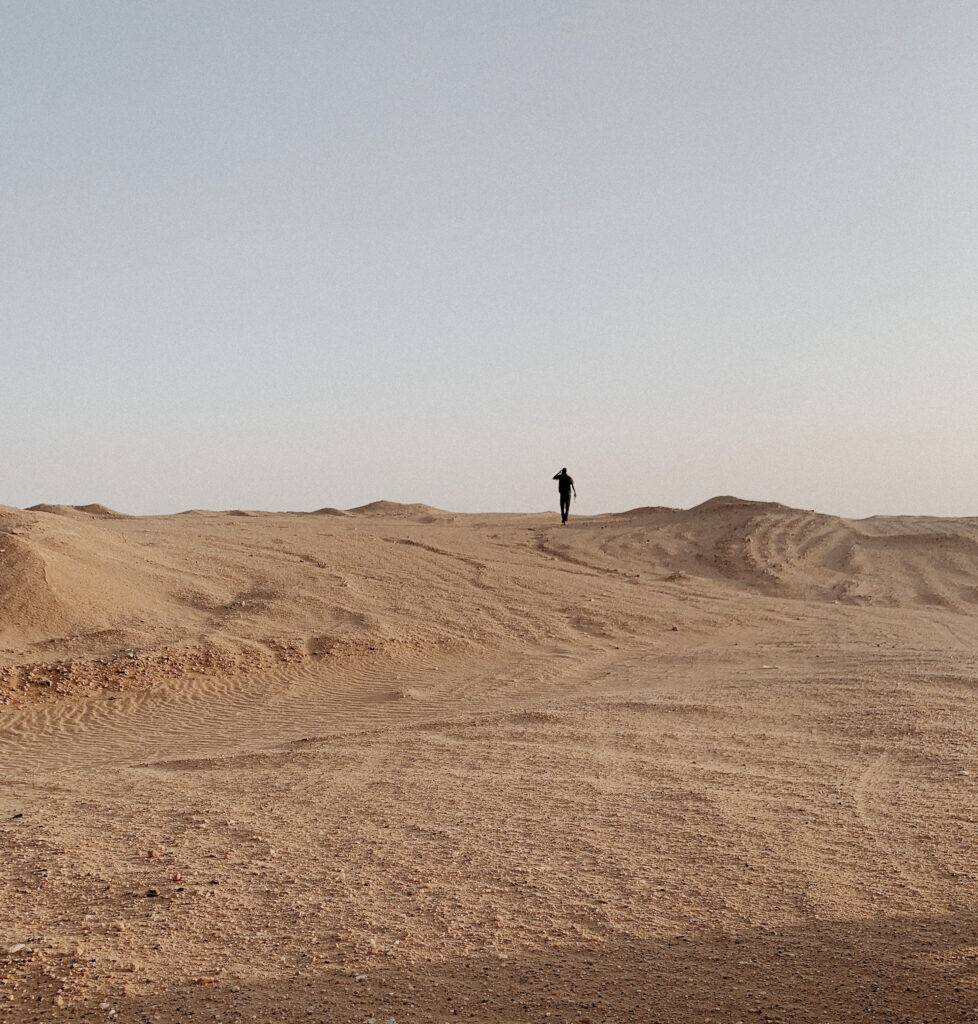
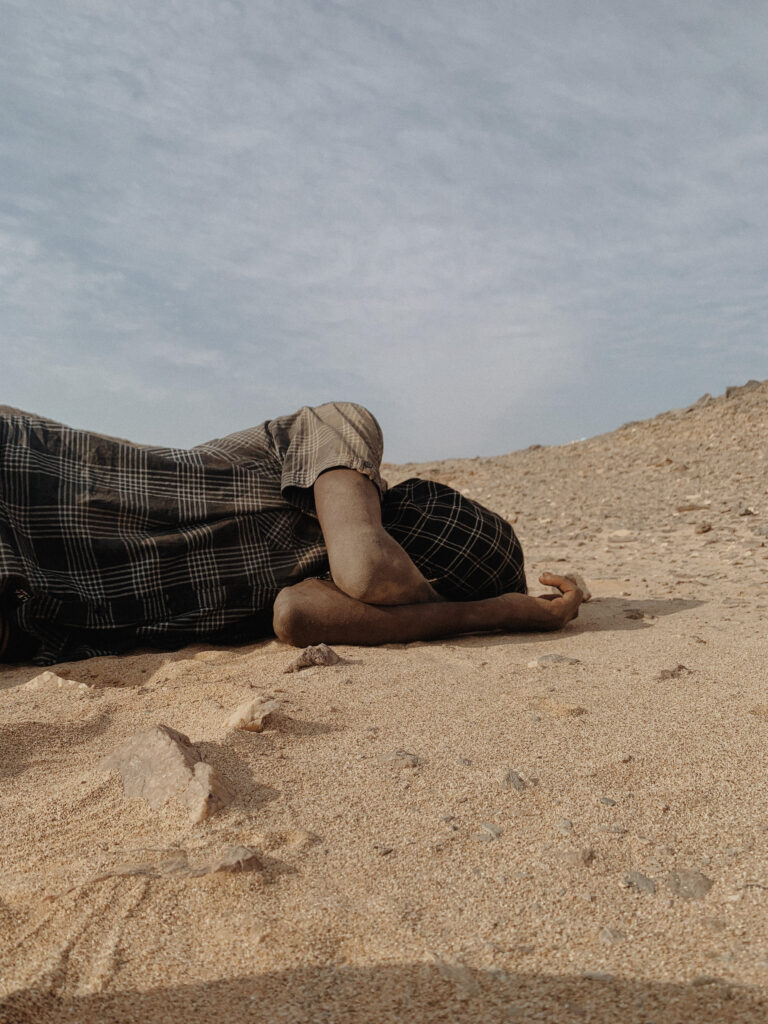
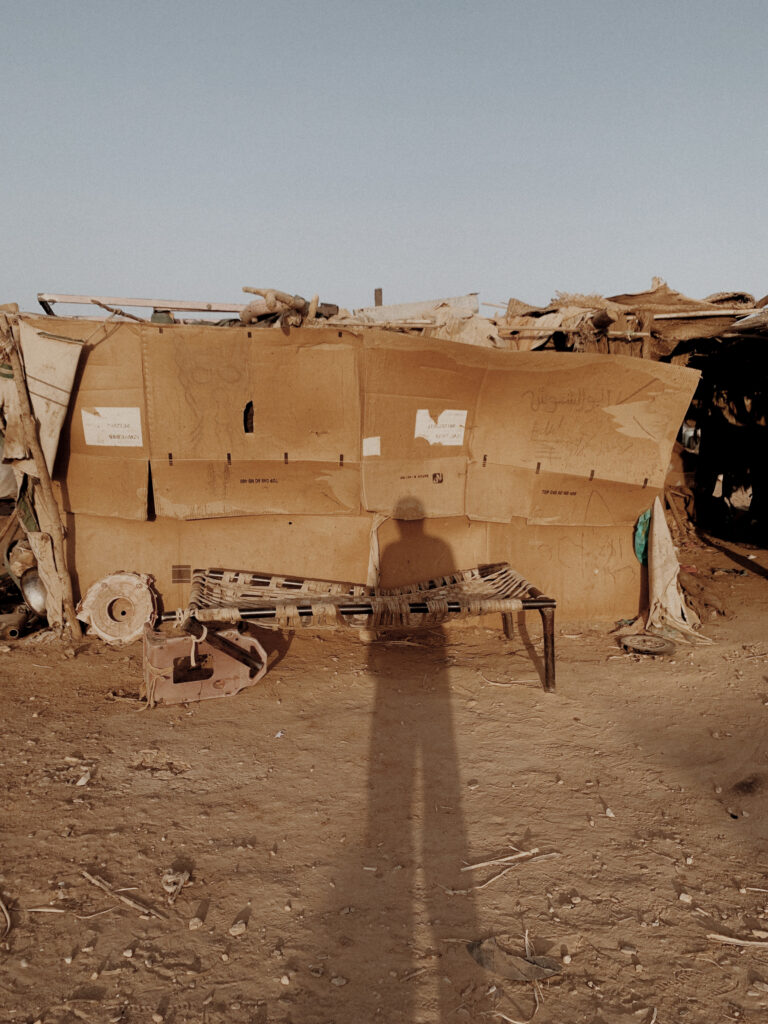
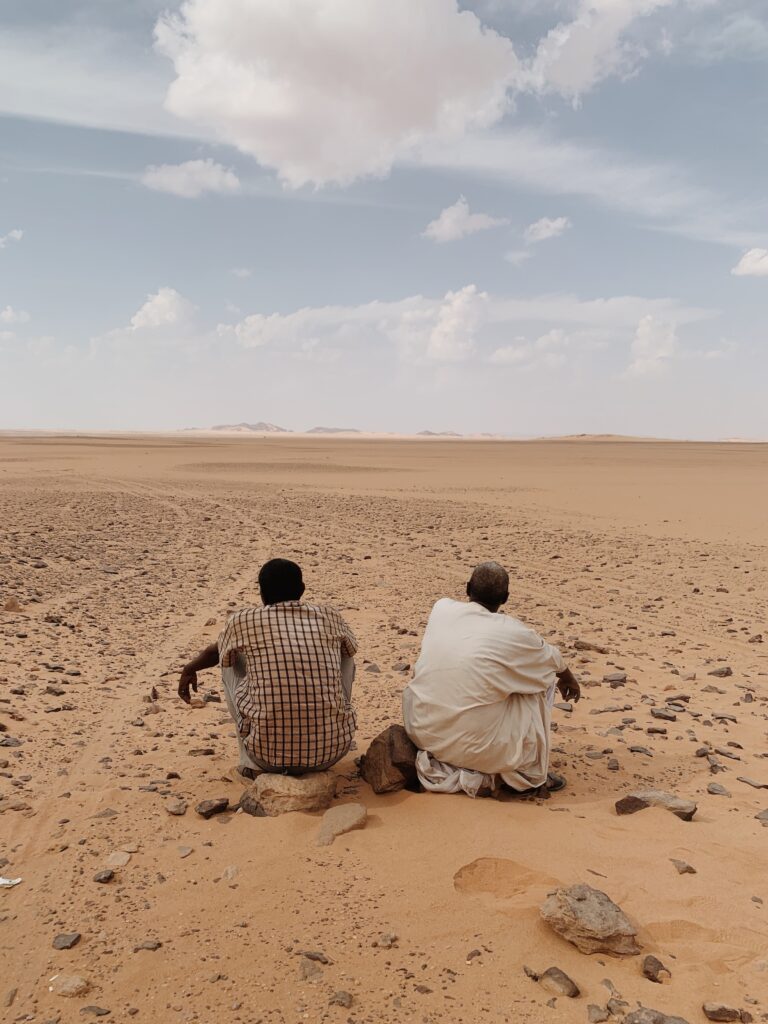
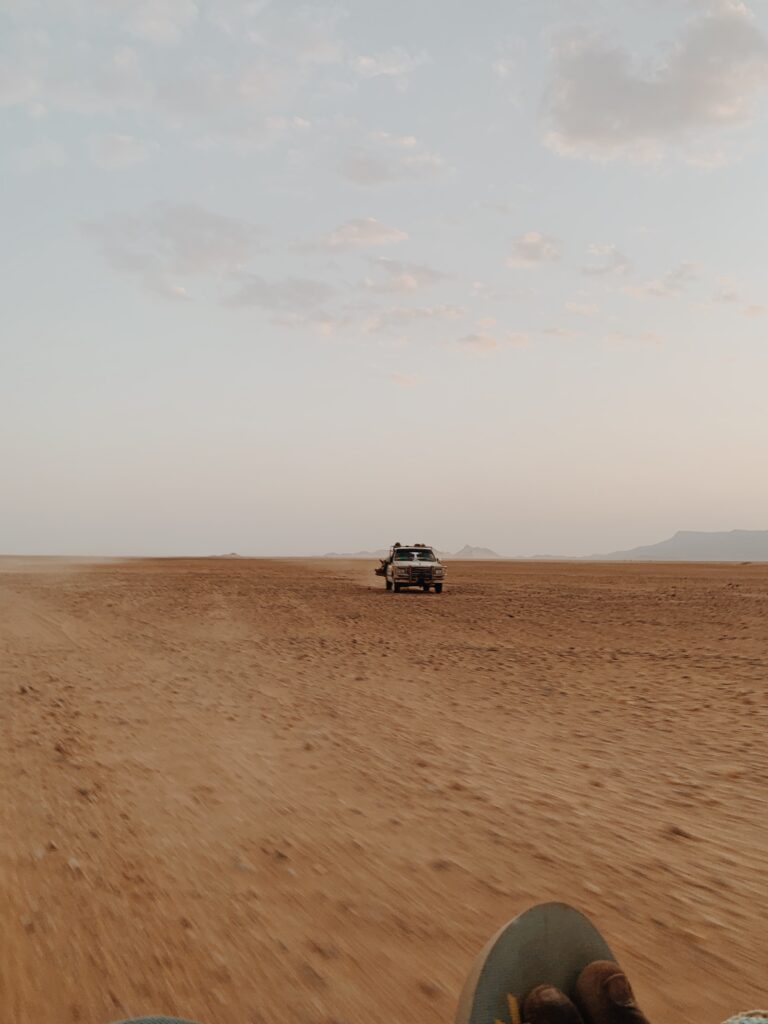
Mory took his first tahreeb trip to Cairo just weeks before RSF troops reached his hometown, Wad Medani, in December 2023. Shorlty after applying for refugee status to move more freely in Cairo, he received news that the conflict escalated, forcing his family to flee. As quickly as he could, Mory returned to Al Qadarif, Sudan, where they had been displaced.
In these heavy times, Mory relies on photography to make sense of these changes and process how closely the war has come home. He created two photographic collections: Memory Laundry and Temporary Homes, the latter was exhibited at the Image Festival in Amman.
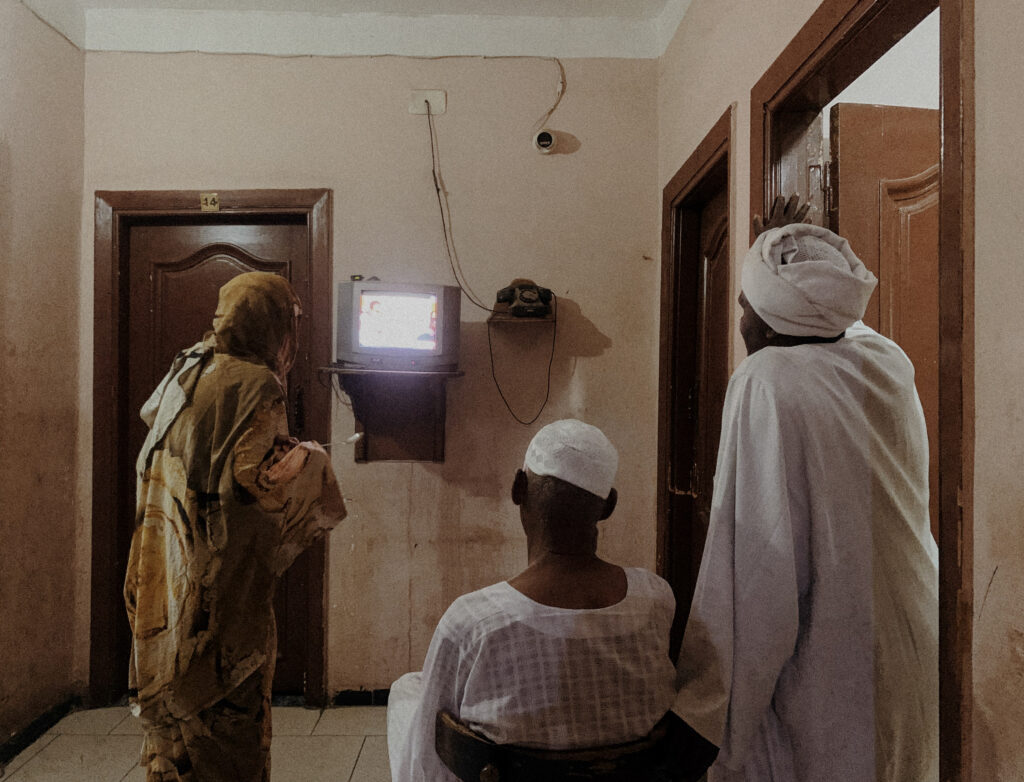
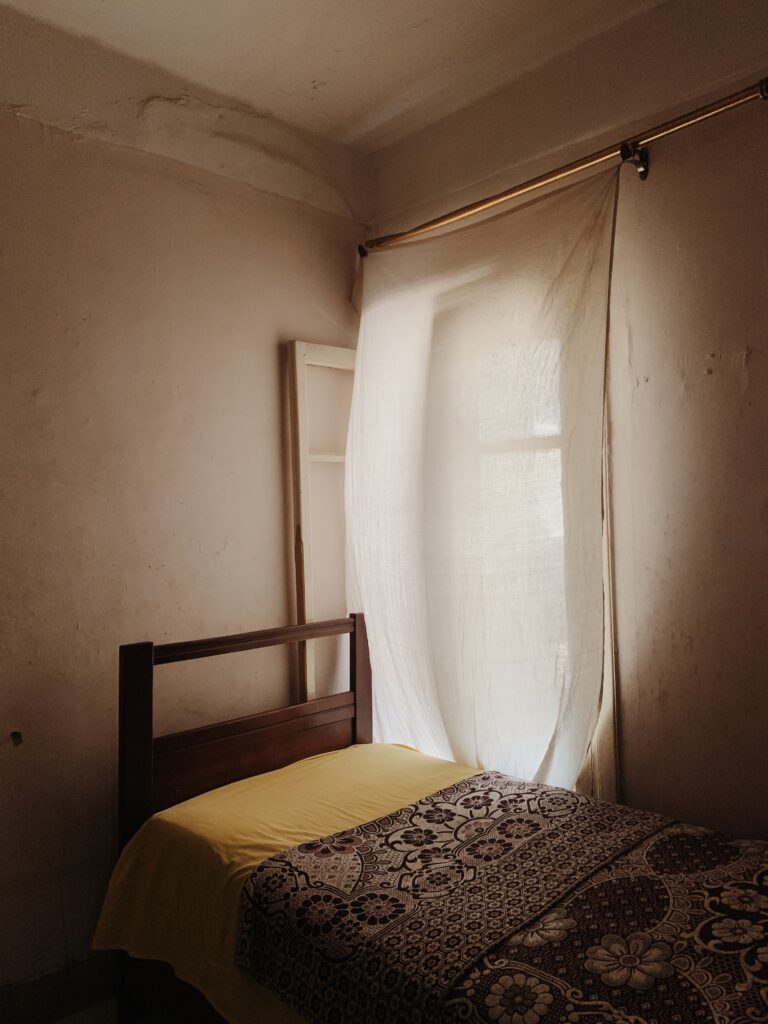
The war in Sudan has destroyed 85% of Sudan’s industries, resulting in a severe reliance on imports from Egypt—valued at $1.4 billion in 2023. Exports from Sudan to Egypt fell from $505 million in 2022 to $387 million in 2023, as conflict and the closure of trade routes hindered production and transportation. Tensions escalated in October 2024 when the RSF accused Egypt of supplying military aid to the SAF and blocked exports from Egypt to regions under their control, intensifying demands for quotidian goods.
Sudan’s main exports to Egypt—including peanuts, sesame, gum arabic, cotton, and livestock—are primarily sourced from regions under the control of the RSF, such as Kordofan, Darfur, and the Blue Nile. The RSF has taken credit for restricting trade, while the SAF blames the decline in exports on the broader effects of war. Both sides use trade narratives in their media strategies, but the war’s impact on agricultural and industrial output is undeniable.
Additionally, in a country widely considered as one of the most climate-vulnerable in the world—experiencing extreme rainfall variability—protracted conflict and trade restrictions are a significantly limited communities’ capacity to cope with changes. Considering international narratives, climate change and its effects on water availability and landscape degradation have become a convenient scapegoat for “bad leaders” and corrupt politicians—a form of pervasive environmental determinism that the western world has cast on Africa and the Middle East. For example, the dubbing of the 2003 civil war in Darfur as the ‘first climate change conflict’ by many institutions—including the United Nations’ World Food Program—despite there being evidence of spikes in conflict during or after periods of drought.
Sudan’s instability and the continuous conflict means that everything is fluctuating; the costs we bear as merchants are too high. My only option is to push against all these odds for the sake of my family.
In February 2025, Mory and his family were finally able to return to Wad Medani, though they found their home looted and damaged. Among the few untouched possessions was a family photo album. The family album contained a collection of family portraits taken by Mory’s late uncle, who was a photographer. It is especially important to Mory, who says that many of his own photographs are visually inspired by his uncle’s work. Amidst complex emotions of loss and concern about RSF occupation, they were grateful to recover a tangible record of their memories.
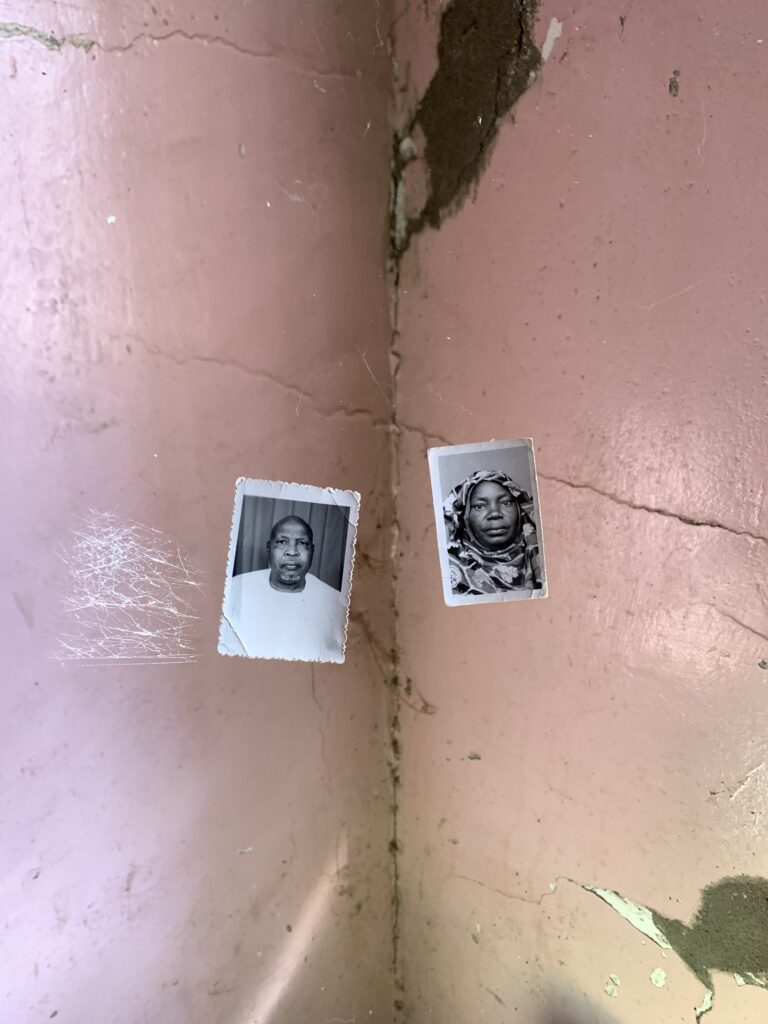
Mory also revisited the city’s souq, checking in on the shops he used to supply; most had been emptied, looted, and abandoned.
By April, he traveled to Nairobi for his debut exhibition Textile Portraiture. The show was curated by Rahiem Shadad, a Sudanese art curator based in Nairobi, who before the war, owned the Downtown Gallery in Khartoum. The show was held at Afrika House—a beautifully designed space situated in the green neighbourhood of Karen—and showcased 22 photographs: a temporal journey through Mory’s growth as a professional photographer between 2020 to 2025. After three weeks in Nairobi, Mory returned home again, visiting what remained of his network of shopkeepers. Just like before the war, he jotted their fabric orders down in a notebook and when the time came to make the perilous route to Cairo, he wrapped a shawl around his face and headed back into the desert.
“I’m really not sure if keeping this trade is profitable anymore,” Mory expressed. “Sudan’s instability and the continuous conflict means that everything is fluctuating; the costs we bear as merchants are too high. My only option is to push against all these odds for the sake of my family.”